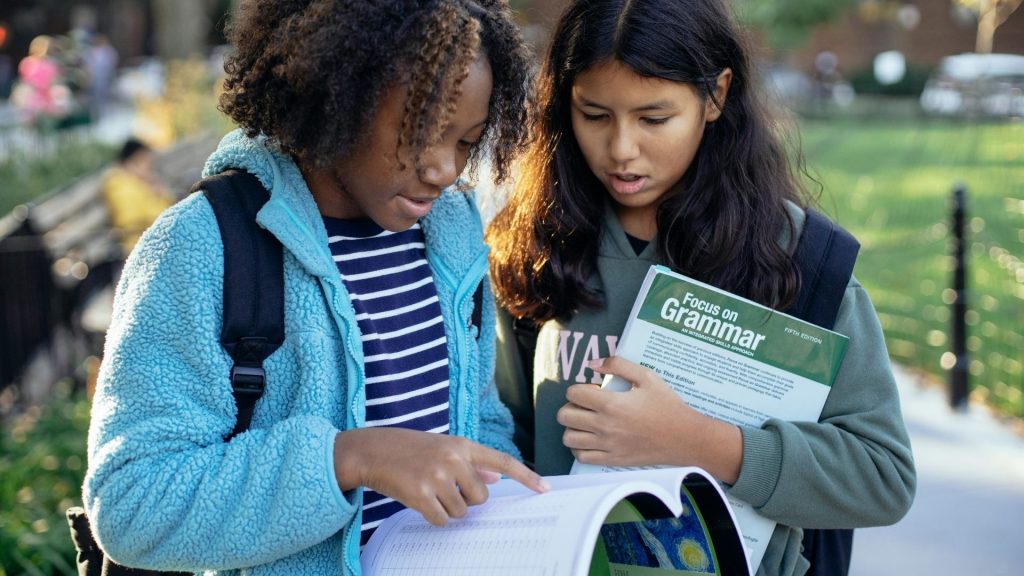See What Was In The Textbooks Florida Banned
The Florida department of education finally released specific examples from rejected textbooks the state claims taught divisive concepts.

Florida continued on its historic mission to overhaul the state’s alleged broken education system earlier this week when the Department of Education (DOE) announced they rejected a plethora of submitted math textbooks being touted for use next year. But with the country’s eyes all fixated on Florida’s controversy in education, the state failed to site examples of why the rejected textbooks were being banned. Giving in to the growing cries from the media, the DOE finally released some specific examples found inside the textbooks that the department claims go against state standards barring critical race theory (CRT) and social and emotional learning (SEL) in curriculums.
The Florida DOE rejected 54 math textbooks out of a list of 132 publisher-submitted books. Earlier today, the department posted some images of the rejected textbooks, with a disclaimer attached. Exclaiming that they were making the examples available after receiving an outpouring amount of requests to do so, it also made sure to mention that they made the citations available without any “conflict in sharing them.” Of the 54 rejected textbooks that likely had hundreds of pages worth of material, Florida made public four examples as to why they made the historic decision.

The first picture given as an example came with the headline “Adding and subtracting polynomials.”Accompanying the screenshot of the rejected textbook is a picture of four professionals sitting around a table. Underneath the picture, the text mentions racism, which is likely why the department cited it as promoting CRT, which the state claims are divisive teaching mechanisms meant to indoctrinate children. The picture and test are given to accompany an algebra equation regarding national data on racial prejudice.

The second example also cited reference to CRT, leading it to its new home on the rejected textbooks list. In this example, a graph is presented to show the difference among age groups on the Implicit Association Test. This controversial test is meant to detect subconscious associations, often in application to implicit stereotypes regarding race.

The third rejected textbook example cited SEL learning objectives. Tailored toward elementary students, this example set a goal to build student proficiency with social awareness. It also instructed teachers to instruct students to emphasize with classmates.

The fourth and last example given also dealt with SEL topics. In this rejected textbook, the given example discussed how this section would build upon social and emotional learning in students. Furthermore, it cited references to the five competencies that embody collaboration for academic, social, and emotional learning.
Of the rejected textbooks that were used as examples, the DOE made no mention as to which math books these four examples were found in. Nor did it mention how many times each book referenced SEL or CRT. However, the department did make note that the publishers still have an opportunity to update their books and resubmit them for review.
Now that Florida has released a few examples from the rejected textbooks, the decision is likely to be met with just as much approval, and dissent as ever. Those in favor of banning these topics from schoolchildren think it is needed to stop indoctrination from taking over schools. They claim CRT and SEL targets white children and perpetually teaches them that they are racist and at fault for their ancestors’ past actions. But the DOE’s opponents see the rejection as another step leading down a slippery slope of oppression.







